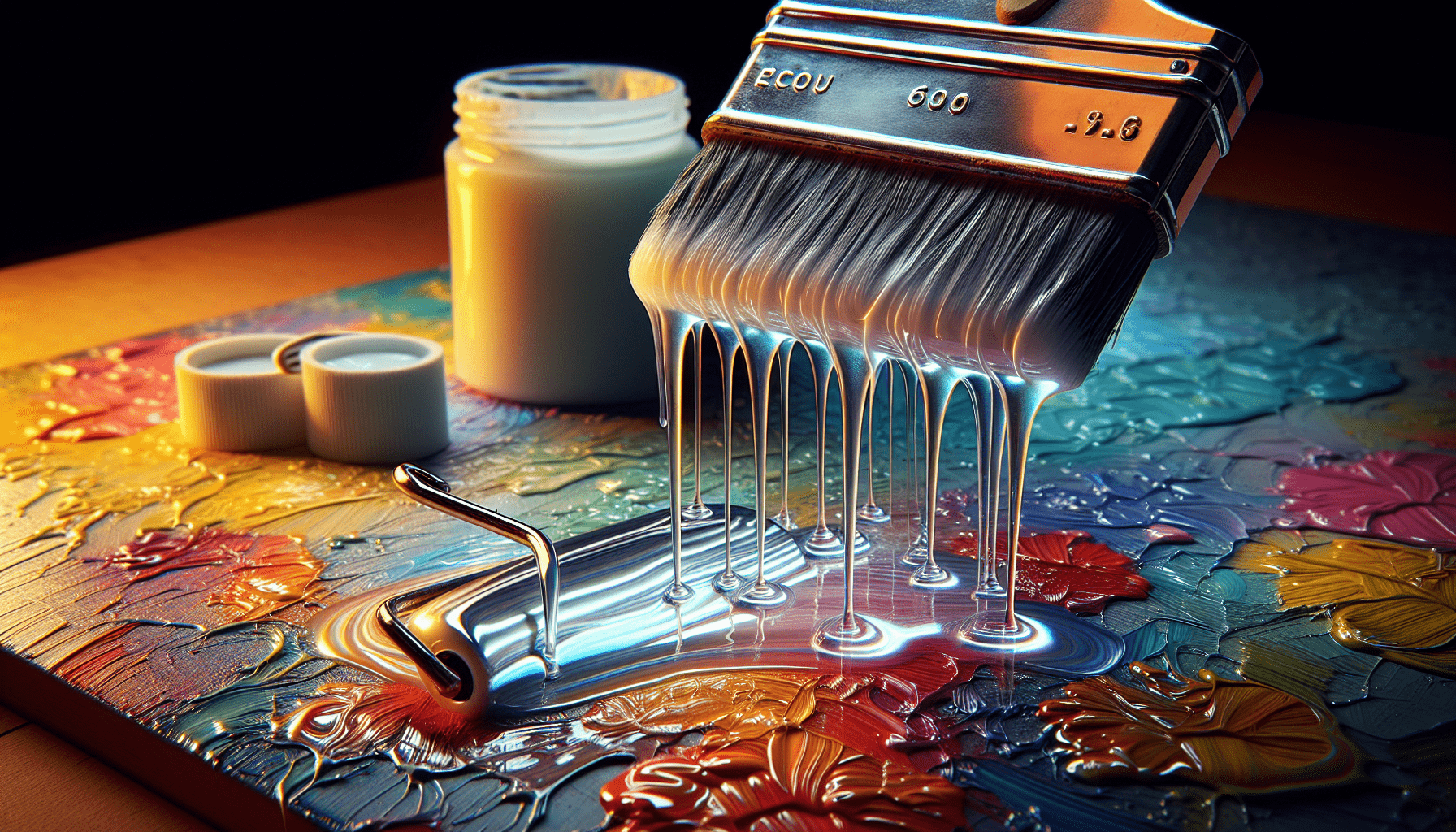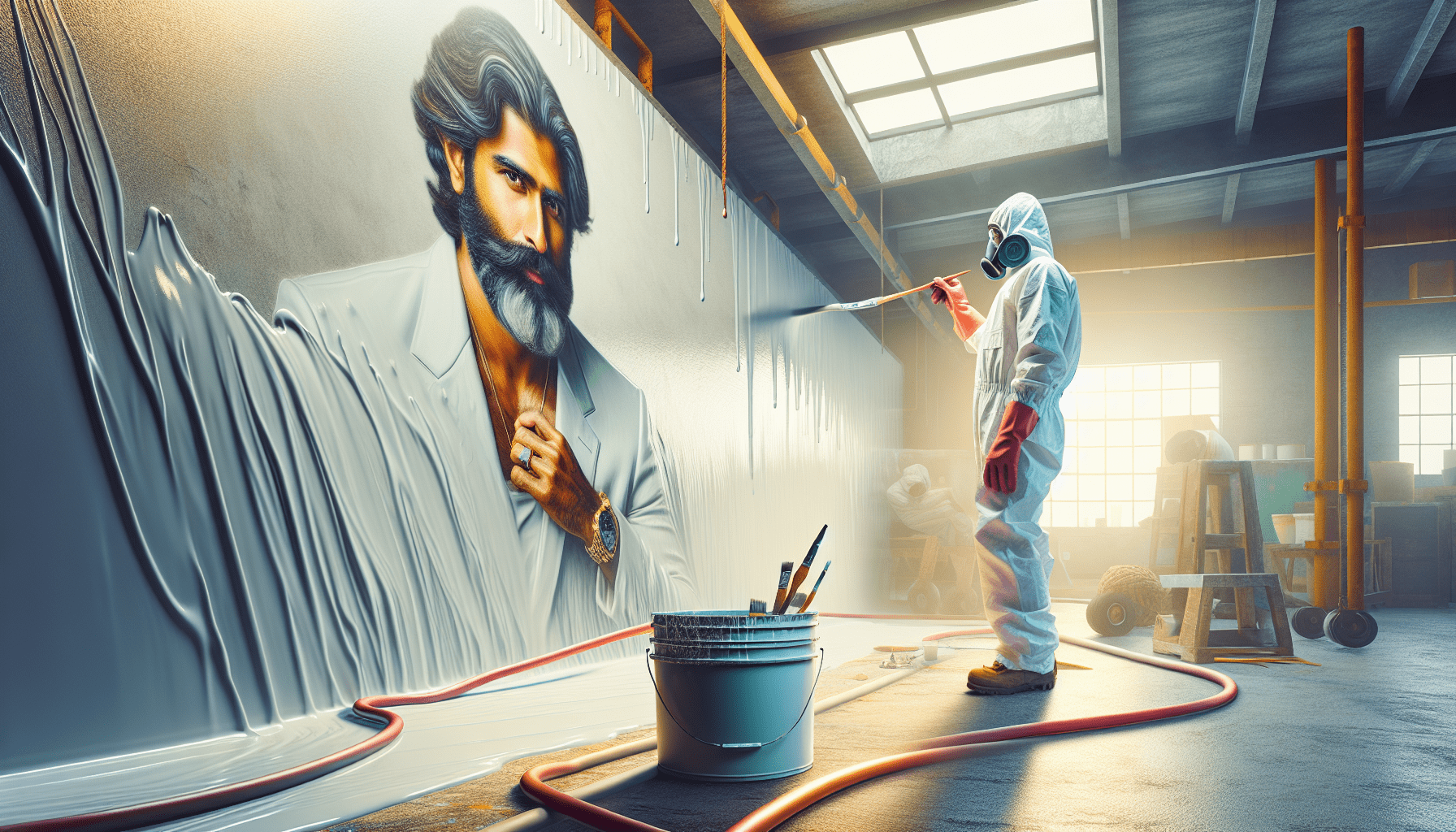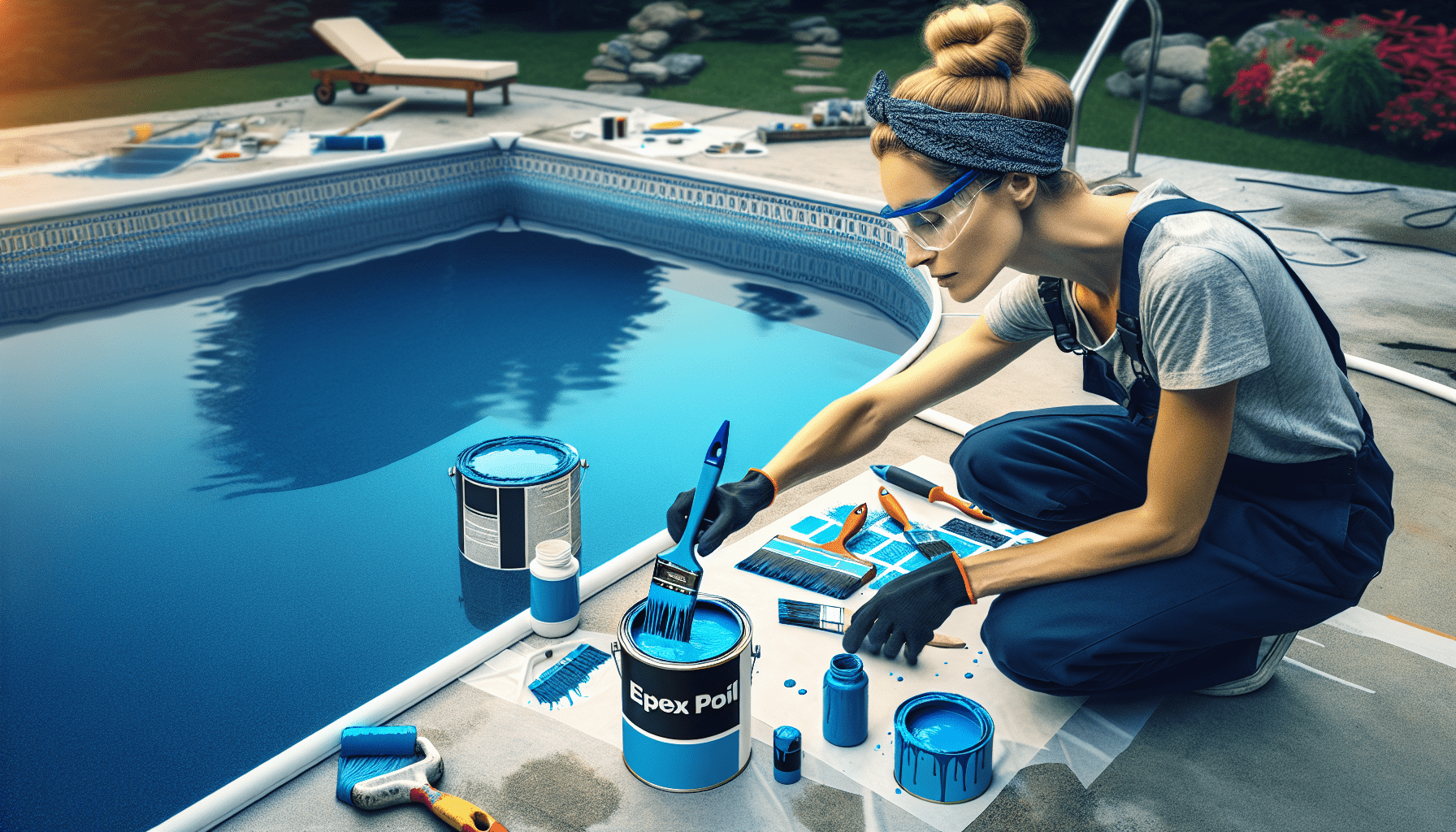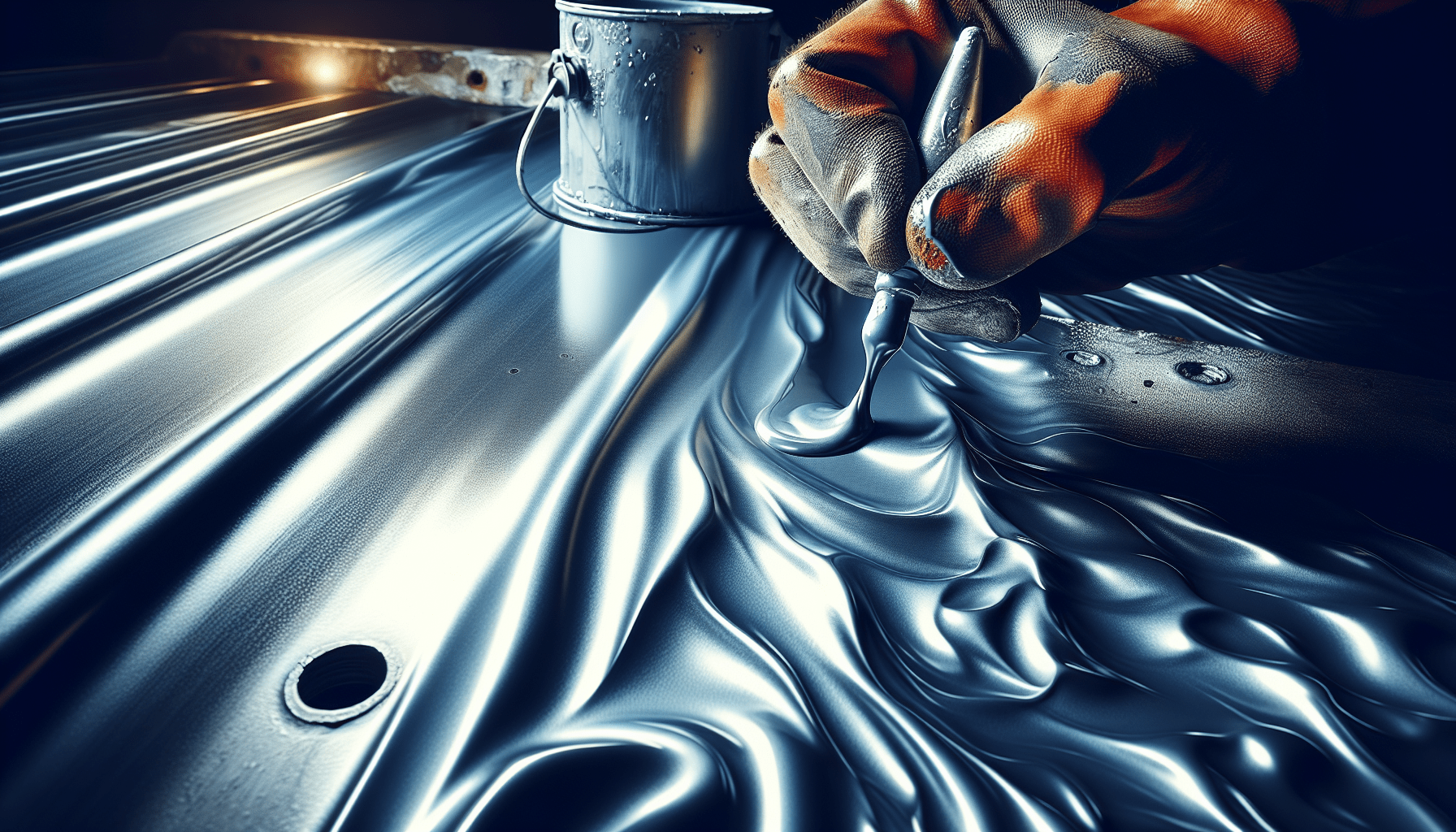In the realm of DIY home renovations, the question of whether or not epoxy can be applied over existing paint has become a hot topic of discussion. Many homeowners find themselves in a perplexing situation when they desire the durability and seamless finish of epoxy but already have a painted surface. While the idea of applying epoxy over paint may seem appealing, it is essential to evaluate the compatibility and pre-requisites to ensure a successful and long-lasting result. In this article, we will explore the factors to consider and provide expert guidance on the possibility of applying epoxy over paint.
Introduction
When it comes to painting surfaces, epoxy is a popular choice due to its durability and versatility. However, you may find yourself wondering whether it’s possible to apply epoxy over paint. In this comprehensive article, we will explore the concept of using epoxy over paint by discussing the definition and properties of epoxy, the basics of painting, the considerations of applying epoxy over paint, surface preparation, priming the surface, the application process, curing and drying time, as well as finishing and protection. By the end, you will have a thorough understanding of the factors involved in deciding whether to put epoxy over paint and how to do so effectively.
Understanding Epoxy
Definition of epoxy
Epoxy is a type of synthetic polymer that is created through a chemical reaction between an epoxy resin and a hardener. It is known for its excellent bonding properties, high strength, and resistance to chemicals, heat, and impact.
Properties of epoxy
Epoxy exhibits numerous desirable properties, making it a favored choice for a wide range of applications. It offers exceptional adhesion to various materials, including metals, concrete, and wood. Additionally, epoxy has low shrinkage during curing, allowing it to create a strong and durable bond. It is also resistant to water, corrosive substances, and UV rays.
Common uses of epoxy
Thanks to its remarkable properties, epoxy is utilized in various industries and applications. It is commonly used in construction for bonding and repairing concrete, metal, and wood. Epoxy is also prevalent in the automotive industry for filling gaps, sealing seams, and adhering automotive components. Furthermore, epoxy is found in protective coatings, marine applications, electrical insulation, and even art and crafts projects.
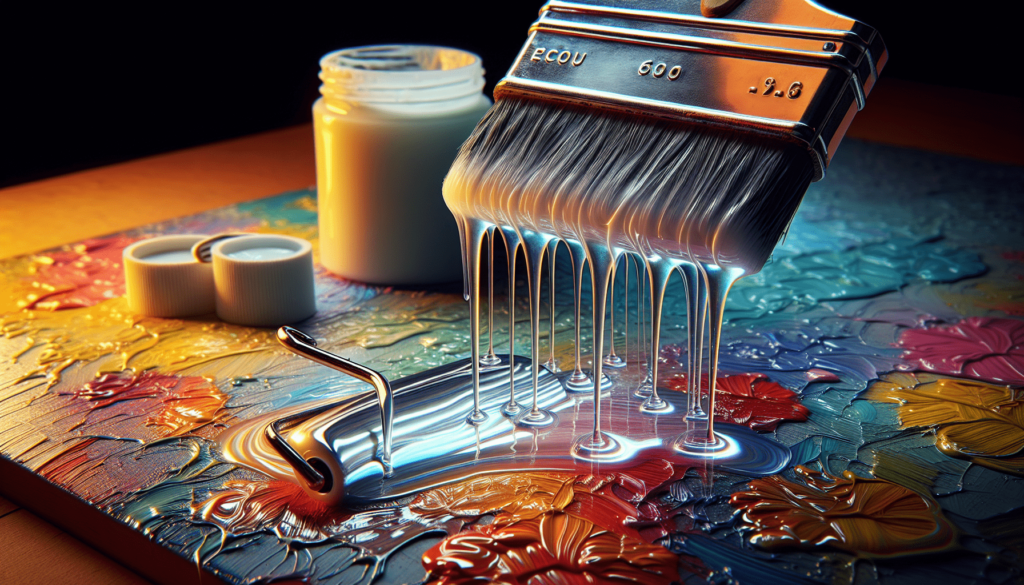
Painting Basics
Importance of surface preparation
Before any paint or epoxy application, surface preparation is crucial. The surface must be clean, dry, and free from contaminants to ensure proper adhesion. Failing to adequately prepare the surface can result in poor paint or epoxy adhesion and premature failure.
Types of paint
There are various types of paints available, each with its own unique characteristics and applications. Common types include water-based paints, oil-based paints, latex paints, and acrylic paints. It is essential to select the appropriate paint for the specific project based on factors such as the type of surface, desired finish, and environmental conditions.
Application methods
Paint can be applied using several methods, including brushing, rolling, or spraying. Each technique has its advantages and limitations, depending on the project requirements. Brushing is ideal for small areas and intricate details, while rolling covers larger surfaces more efficiently. Spraying provides a smooth and uniform finish, making it suitable for extensive projects.
Epoxy over Paint: Yes or No?
Factors to consider
Deciding whether to put epoxy over paint requires considering several factors. Firstly, it depends on the type and condition of the existing paint. Secondly, the specific epoxy product and its compatibility with the paint must be evaluated. Additionally, the intended use and durability requirements of the surface should be taken into account.
Benefits of applying epoxy over paint
One significant advantage of applying epoxy over paint is the added layer of protection it provides. Epoxy acts as a barrier against chemicals, moisture, and impacts, thus prolonging the lifespan of the paint and the underlying surface. Moreover, epoxy can enhance the aesthetics of the painted surface, providing a glossy finish and enhancing color vibrancy.
Drawbacks of applying epoxy over paint
While there are benefits to applying epoxy over paint, there are also drawbacks to consider. One potential drawback is the difficulty of achieving proper adhesion between the epoxy and the paint layer. If the paint is old or has poor adhesion to the surface, the epoxy may not adhere properly, leading to delamination and failure. Additionally, the additional layer of epoxy may alter the texture and appearance of the paint, which could be undesirable in some cases.
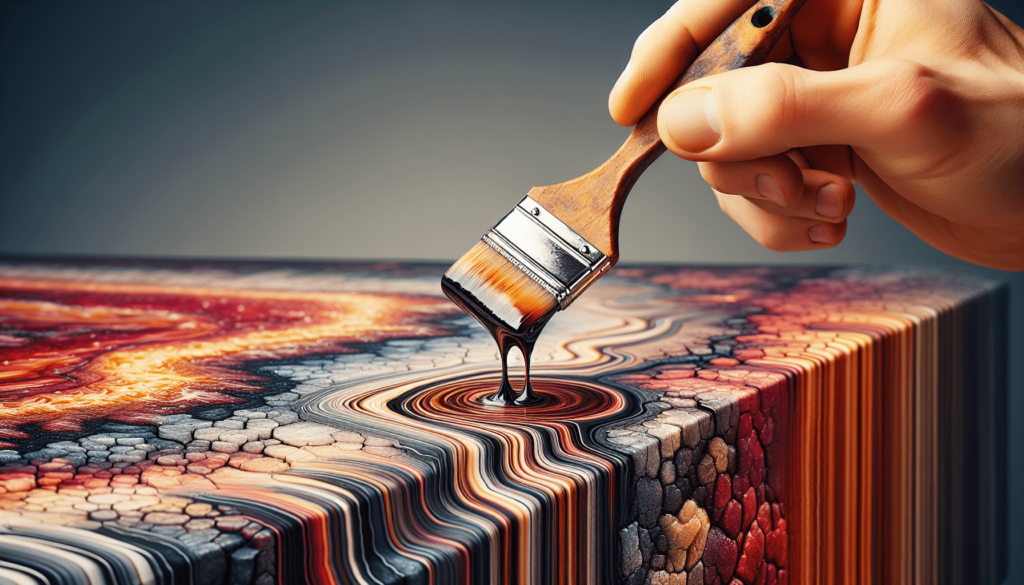
Surface Preparation
Cleaning the surface
Before applying epoxy over paint, proper surface cleaning is vital. Any dirt, dust, or grease on the surface can hinder adhesion, resulting in a compromised finish. Thoroughly clean the surface using a suitable cleaner, ensuring all contaminants are removed. Rinse the surface with water and allow it to dry completely before proceeding.
Removing loose or flaking paint
To ensure proper adhesion, any loose or flaking paint should be removed. Use a scraper or sandpaper to gently remove the loose paint, taking care not to damage the underlying surface. It is essential to create a smooth and stable base for the epoxy to adhere to.
Removing grease or oil stains
Grease or oil stains can prevent adequate bonding between the paint and epoxy. Cleanse the surface using a degreaser or an appropriate cleaner to remove any residue. This step is crucial in ensuring the longevity and integrity of the epoxy coating.
Priming the Surface
Choosing the right primer
priming the surface before applying epoxy over paint is essential to promote adhesion and enhance durability. Selecting the appropriate primer depends on the type of paint and the specific epoxy product being used. Consider consulting with a professional or referring to the product’s technical data sheet to ensure compatibility and achieve optimal results.
Application techniques
Applying the primer evenly and in thin layers is crucial to achieving proper adhesion. Use a brush, roller, or sprayer to evenly coat the surface with the primer. Follow the manufacturer’s instructions regarding application techniques, drying time, and the number of coats required for optimal performance.
Drying and curing time
After applying the primer, it is crucial to allow sufficient drying and curing time before proceeding with the epoxy application. Ensure that the primer is fully cured according to the manufacturer’s instructions to guarantee proper bonding and adhesion.
Applying Epoxy over Paint
Selecting the appropriate epoxy
Choosing the right epoxy product is essential for a successful application. Consider factors such as the type of surface, the desired level of protection, and the environmental conditions the coated surface will be exposed to. Additionally, ensure that the epoxy is compatible with the type of paint and primer already applied.
Mixing the epoxy
Follow the manufacturer’s instructions carefully when mixing the epoxy. Improper mixing can result in an inconsistent finish and compromised performance. Use the recommended ratios of resin and hardener and mix thoroughly to achieve a homogenous mixture.
Applying the epoxy
Apply the epoxy using a brush, roller, or sprayer, depending on the desired finish and the nature of the surface. Work systematically and ensure even coverage, avoiding excessive buildup in certain areas. Follow the manufacturer’s guidelines regarding the number of coats and the recommended thickness for optimal results.
Curing and Drying Time
Understanding curing and drying
curing and drying are essential processes in the epoxy application. Drying refers to the evaporation of solvents in the epoxy, resulting in the hardening of the coating. Curing, on the other hand, is the chemical reaction that occurs between the resin and hardener, leading to the full cross-linking of the epoxy molecules and the development of maximum strength and durability.
Factors affecting curing and drying time
Several factors can affect the curing and drying time of epoxy over paint. Environmental conditions, such as temperature and humidity, play a crucial role. Higher temperatures generally accelerate the curing process, while lower temperatures can slow it down. Similarly, high humidity can prolong drying times. It is essential to consider these factors and follow the manufacturer’s recommended curing and drying times for optimal performance.
Proper handling during the curing process
During the curing process, it is important to handle the epoxy-coated surface with care to prevent damage or premature failure. Avoid placing heavy objects or exerting excessive pressure on the recently coated surface. Additionally, ensure that the curing conditions, such as temperature and humidity, are within the recommended range to promote proper curing and achieve the desired performance.
Finishing and Protection
Applying additional layers
To further enhance the protection and aesthetic appeal of the epoxy-coated surface, additional layers can be applied. These additional layers could include clear coats, sealants, or topcoats, depending on the specific requirements of the project. Follow the manufacturer’s instructions, including recommended application techniques and drying times, when applying these additional layers.
Protective coatings for longevity
Applying a protective coating on top of the epoxy can significantly increase the longevity and durability of the surface. These protective coatings can include UV-resistant coatings, chemical-resistant coatings, or anti-slip coatings, among others. Select the appropriate protective coating based on the specific needs of the surface and the environmental conditions it will be exposed to.
Maintenance and care
To ensure the longevity and performance of the epoxy-coated surface, regular maintenance and care are essential. Keep the surface clean by removing any dirt or debris promptly. Avoid using harsh chemicals or abrasive cleaning materials that could damage the coating. Additionally, periodically inspect the surface for any signs of wear or damage and address them promptly to prevent further deterioration.
Conclusion
Deciding whether to put epoxy over paint requires careful consideration of various factors, including the condition of the existing paint, the desired level of protection, and the compatibility of the epoxy and paint products. Proper surface preparation, priming, and application techniques are essential for achieving optimal adhesion and durability. Furthermore, understanding the curing and drying process and applying additional layers for protection can contribute to the longevity and performance of the epoxy-coated surface. By following these guidelines and considering all relevant factors, you can successfully apply epoxy over paint and enjoy the benefits of enhanced protection and aesthetics.
